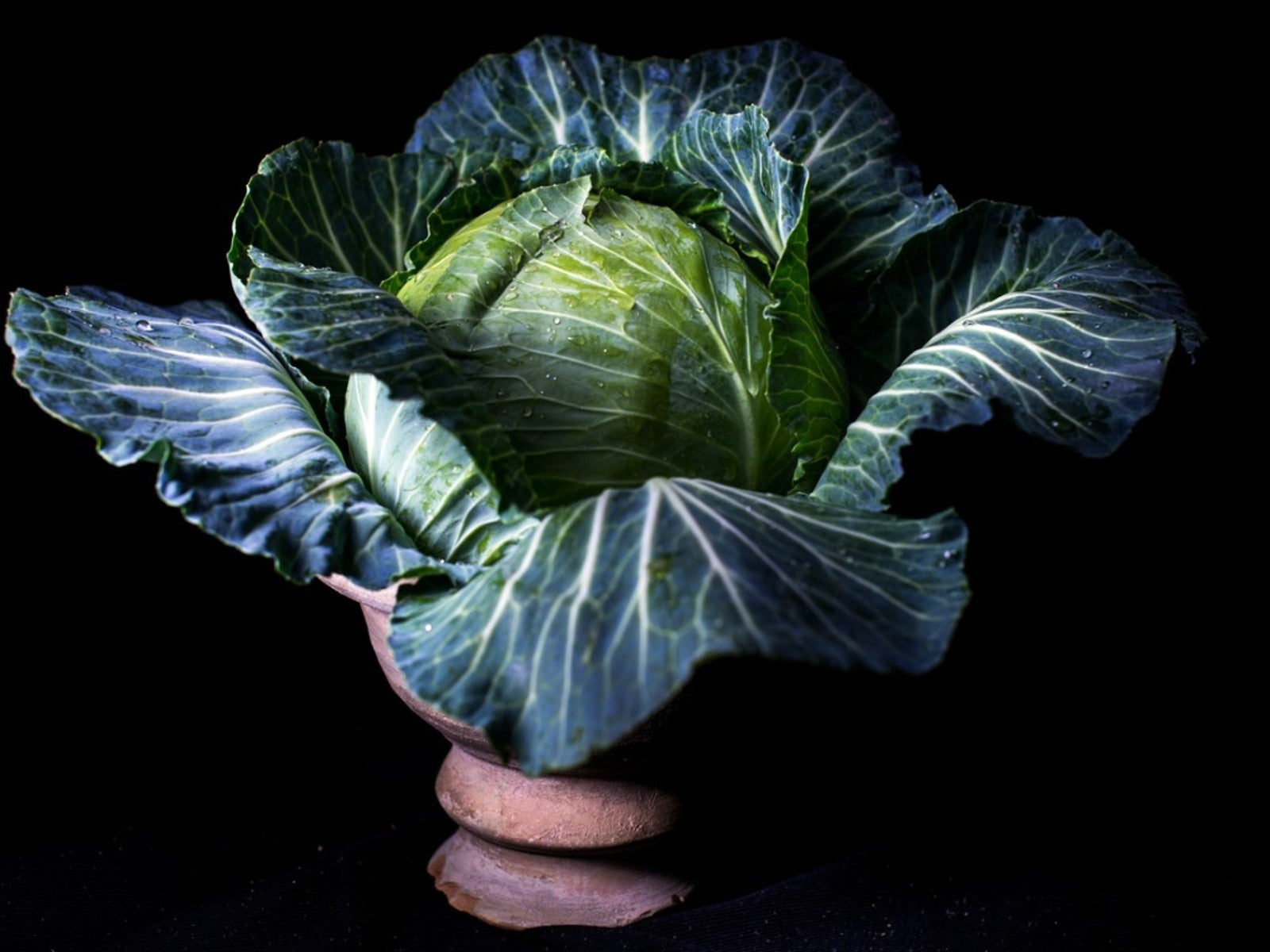Vegetable Photography Ideas - Taking Pictures Of Vegetables


Mom may have told you not to play with your food when you were a kid, but you're all grown up now. It's time to have fun taking pictures of vegetables from your garden. Whether you want to post your gardening successes on social media or promote your Farmer's Market with a veggie blog, learning how to photograph vegetables is essential for creating scrumptious-looking food pix.
How to Photograph Vegetables
With today's smart device technology, anyone can learn how to photograph vegetables. Start by taking a few minutes to familiarize yourself with your camera's features, then follow these simple vegetable photography tips for the best results:
- Use perfect veggies – Nothing is more disappointing than getting that ideal shot, only to have it marred by a misshapen or blemished vegetable. Harvest in the morning for the freshest-looking veggies and soak them in ice water to brighten colors and crispness.
- Plan ahead – Have a few vegetable photography ideas in mind before you start. Consider classics such as the stunning color of a red tomato splashing into a crystal-clear glass of water, crispy lettuce draining in a metal colander, or the artsy feel of brightly-colored peppers shining out from a dark background.
- Opt for artistic lighting – On-camera flashes create unsightly shadows resulting in flat pictures. Instead, use filtered natural light streaming in from the side or try backlighting to highlight the texture of your subject matter.
- Spritz with water – When photographing vegetables, keep a spray bottle handy to recreate that morning dew freshness. Adding equal parts glycerin to the water makes the droplets less prone to evaporation. Just be sure to toss the veggies when you're done as glycerin is toxic.
- Add appropriate props – When taking pictures of vegetables, use this opportunity to tell a story. Instead of photographing a single tomato on a plate, add a sprig of parsley and decorative bottle of olive oil. Keep the props to a minimum to avoid overpowering the main subject of the photo.
- Create visual interest – Play on the natural texture of veggies and use repetition to create stunning images. Try backlighting a plate of sliced cucumbers or artistically arranging Brussels sprouts to highlight their leaf structure. For additional vegetable photography ideas look to food ads online and in magazines.
- Take advantage of color – Whether you're picking a bowl to hold the veggies or selecting the background color, complementary and neutral tones can really make your veggies pop off the page.
- Mix it up – Borrow one of the vegetable photography tips from food stylists. Dress up a bowl of chili peppers by displaying one that has been cut in half. Use a sharp knife to avoid ragged edges and a lemon juice dip for veggies that are prone to browning.
- Create a focal point – Use the rule of thirds when taking pictures of vegetables to create a balanced, eye-pleasing composition. Do this by putting the subject of your photo in the left or right third of the image. For example, try placing one red pepper in the lower third of a plate filled with green peppers.
- Get in close – Improve your skills at photographing vegetables by experimenting with the macro setting on your digital camera. Try taking focused closeup shots of your garden veggies. The natural details will produce an intriguing shot.
Gardening tips, videos, info and more delivered right to your inbox!
Sign up for the Gardening Know How newsletter today and receive a free copy of our e-book "How to Grow Delicious Tomatoes".

Laura Miller has been gardening all her life. Holding a degree in Biology, Nutrition, and Agriculture, Laura's area of expertise is vegetables, herbs, and all things edible. She lives in Ohio.